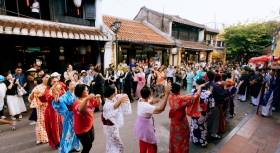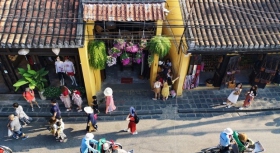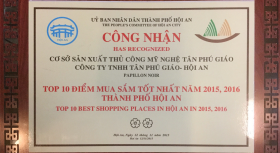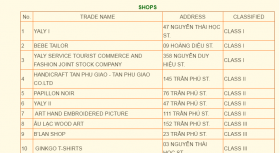


 Many special international events in Hội An in 2025
Many special international events in Hội An in 2025
Many special international events in Hội An in 2025
Read more Survey: over 60% of Japanese want to visit Vietnam
Survey: over 60% of Japanese want to visit Vietnam
Survey: over 60% of Japanese want to visit Vietnam
Read more Top 10 Best Shopping Places in Hoi An in 2015
Top 10 Best Shopping Places in Hoi An in 2015
Established in 1999 with a workshop manufacturing ship models for exporting, Tan Phu Giao Co., Ltd. have based a first and exclusive store in Hoi An in 2009. Since that
Read more Tan Phu Giao in the list of “Civilized place of business - 2015”
Tan Phu Giao in the list of “Civilized place of business - 2015”
The list was ranged by The People"s Committee of Hoi An City every 2 years.
Read more